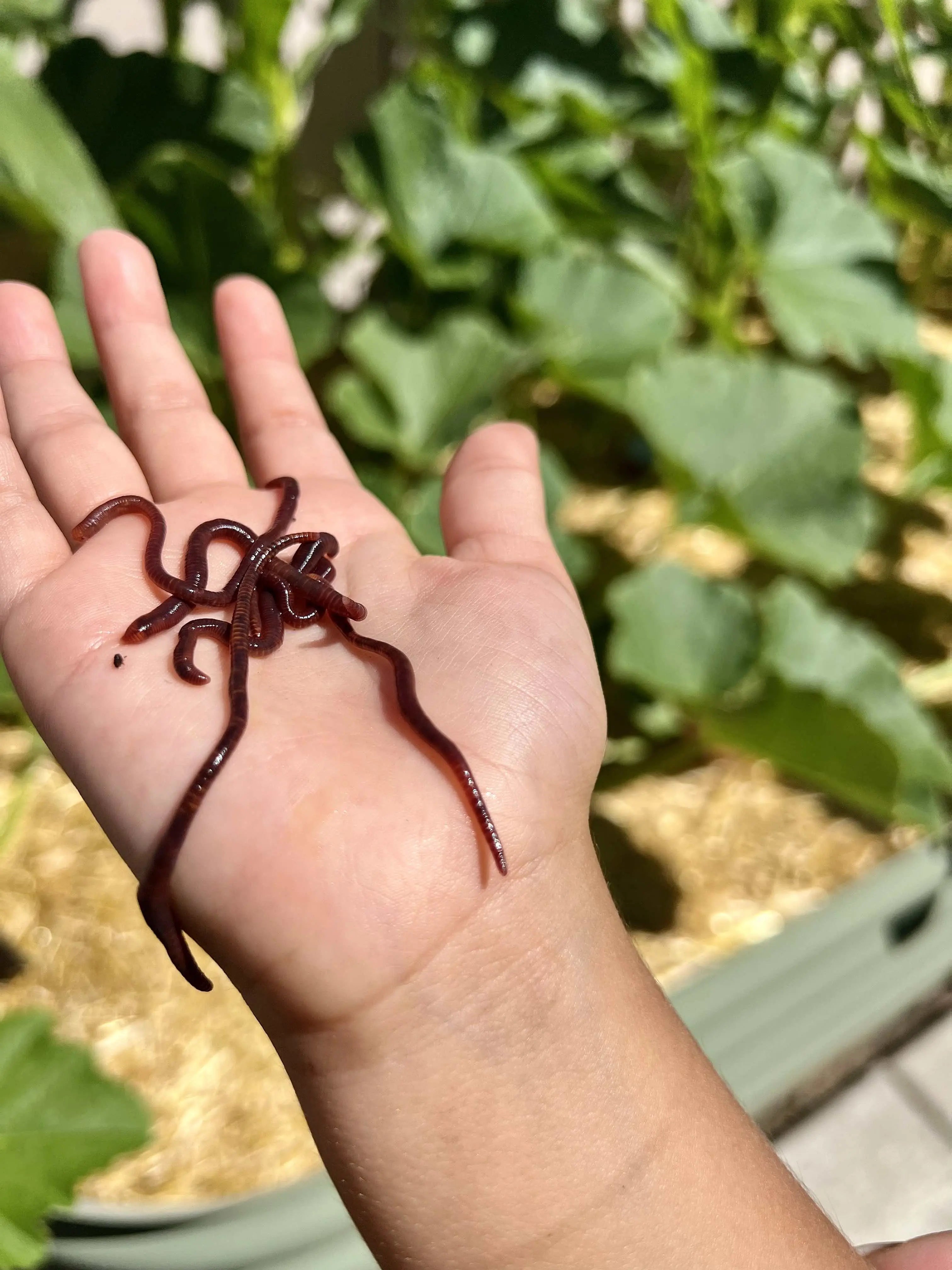Lake Hickory Bait: The Best Spot for All Your Fishing Essentials
Lake Hickory Bait: The Best Spot for All Your Fishing Essentials
Blog Article
Open the Tricks of Red Wigglers: Your Overview to Composting Success
The integration of red wigglers into composting techniques presents a substantial opportunity for improving dirt health and wellness and advertising sustainability. These organisms are not just effective recyclers of organic waste; they use a myriad of benefits that can change yard administration. Comprehending their requirements and actions is vital for enhancing their potential, from establishing an ideal worm bin to feeding them the right materials. As we explore the important components of effective vermicomposting, one might question just how these tiny animals can lead to a much more vibrant and effective yard ecological community.

What Are Red Wigglers?
(Red Wiggler Express)Red wigglers, medically known as Eisenia fetida, are a types of earthworm largely used in composting as a result of their impressive capability to disintegrate raw material efficiently. These worms are identified by their reddish-brown pigmentation and a fractional body, usually measuring between 3 to 4 inches in size. Unlike other earthworm species, red wigglers thrive in rich, natural atmospheres, making them ideal for vermicomposting systems.
Belonging To North America, they are frequently discovered in rotting leaves and compost heap, where they play an essential function in nutrient recycling. Their adjustment to staying in a wet, cardiovascular atmosphere allows them to eat big quantities of natural waste, simplifying into nutrient-rich spreadings that improve soil health.
Red wigglers recreate quickly, with a single worm capable of creating a number of cocoons each week, each including numerous hatchlings. Comprehending the biology and actions of red wigglers is necessary for maximizing their capacity in composting applications.
Benefits of Utilizing Red Wigglers
Harnessing the power of red wigglers in composting supplies many advantages that enhance dirt wellness and promote lasting waste administration. These impressive organisms effectively damage down organic matter, transforming kitchen area scraps and backyard waste right into nutrient-rich vermicompost. This completed product is remarkably helpful for plant growth, as it improves soil structure, boosts dampness retention, and improves nutrition accessibility.

(Lake Rhodhiss Bait)In addition, the presence of red wigglers in your composting system can increase the composting procedure, producing top notch compost in a portion of the moment compared to traditional techniques. The castings created by these worms are additionally including helpful microbes that further enhance the dirt environment.
Establishing Up Your Worm Bin
Producing a reliable worm container is an uncomplicated process that can substantially improve your composting efforts. Worm containers can be made from plastic storage space bins, wood boxes, or readily offered worm bins.
Next, prepare the bed linen product, which functions as the worms' environment. A mix of shredded newspaper, cardboard, and coconut coir works well, providing a comfy setting for the worms. Go for a bedding deepness of concerning 4-6 inches. Dampen the bed linen lightly, guaranteeing it appears like a moist sponge without excess water merging at the bottom.

Feeding Your Red Wigglers
To make sure the health and productivity of your red wigglers, it is crucial to offer them with a balanced diet that fulfills their dietary needs. Red wigglers thrive on a diverse selection of natural products, which not only supply necessary nutrients yet also advertise efficient composting.
Beginning by integrating cooking area scraps such as veggie peels, fruit cores, and coffee premises. Prevent citrus fruits, onions, and garlic, as these can be destructive to worm wellness. In addition, official website introduce shredded paper, cardboard, and dry fallen leaves to produce a well-aerated atmosphere.
Feeding regularity need to be monitored; typically, worms can consume half their body weight in food weekly. It is essential to stay clear of overfeeding, as excess food can result in undesirable smells and attract bugs. A great practice is to include food in percentages, permitting worms to refine it prior to introducing more.
Keeping dampness levels is additionally important; the bed linens must perspire yet not soaked. Finally, be sure to routinely examine the temperature level and pH levels of the bin to ensure an optimal atmosphere for your red wigglers, eventually improving their composting performance.
Harvesting and Utilizing Garden Compost
A successful composting process with red wigglers finishes in the rich, dark compost referred to as vermicompost, which can considerably improve soil health and plant growth. Collecting this nutrient-dense product commonly takes place every 3 to 6 months, depending on the size of your system and the amount of raw material being processed.
To gather, delicately separate the compost from the worms and any undecomposed products. One reliable technique includes relocating the components of the bin to one side and adding fresh bedding and food to the void, encouraging the worms to migrate. After a few days, the compost can be accumulated from the contrary side.
It is essential to make use of vermicompost correctly to optimize its benefits. By integrating vermicompost into your gardening routine, you not only reuse organic waste but likewise produce a flourishing ecosystem that supports lasting gardening techniques.
Verdict
In summary, red wigglers offer as outstanding allies in composting efforts, transforming natural waste right into nutrient-rich vermicompost. By comprehending the optimum problems for their environment, feeding requirements, and compost harvesting techniques, gardeners can boost dirt wellness and promote plant vitality.
Report this page